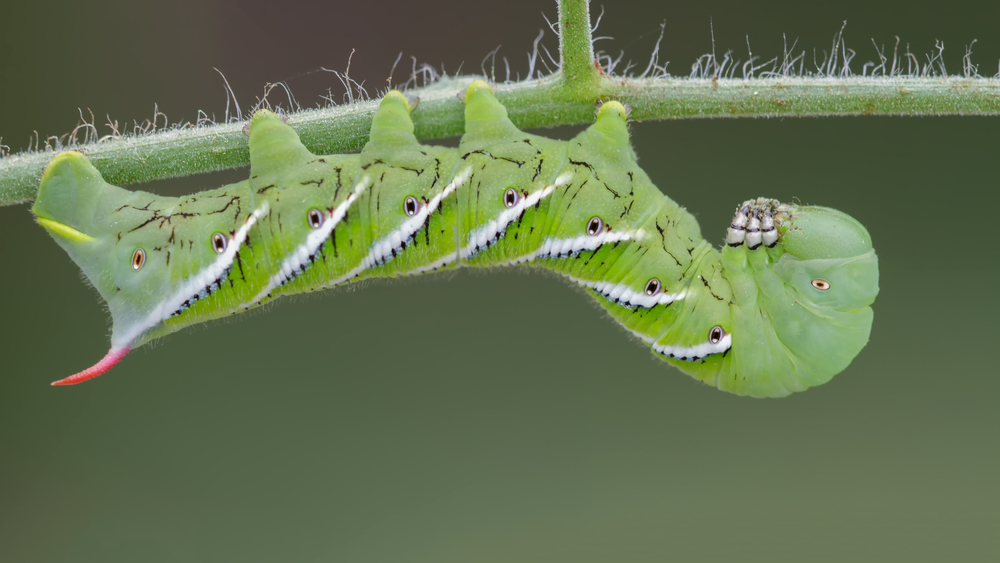Moth larvae, commonly known as caterpillars, how do the moth larvae survive predators, face numerous dangers from predators in their natural habitats. These tiny creatures must rely on a range of sophisticated survival mechanisms to evade being eaten. Understanding these strategies offers fascinating insights into the evolutionary adaptations that help them thrive despite constant threats.
Types of Predators That Threaten Moth Larvae

Table of Contents
Moth larvae are targeted by a variety of predators that see them as an easy and nutritious meal. These predators include:
- Birds: Many bird species are expert hunters of caterpillars, using their keen eyesight to spot them among foliage.
- Insects: Predatory insects like wasps and beetles are known to seek out larvae to feed themselves or their offspring.
- Small Mammals: Rodents and other small animals also consume moth larvae as part of their diet.
Each predator presents unique challenges, and the diverse arsenal of defense mechanisms that larvae use reflects the breadth of these threats.
Key Survival Strategies of Moth Larvae
Camouflage and Mimicry
One of the most effective and widely used strategies by moth larvae is camouflage. By blending into their surroundings, larvae make themselves less visible to predators. Some species have evolved colors and patterns that closely match leaves, twigs, or tree bark. This allows them to remain hidden from sharp-eyed birds and insects.
Mimicry takes camouflage a step further. Certain larvae not only blend in but also mimic objects or more dangerous creatures to ward off potential threats. For example:
- Snake Mimicry: Some caterpillars can expand parts of their bodies to resemble snake heads, deterring predators with a bluff of danger.
- Leaf Mimicry: Many caterpillars have markings or structures that mimic veins and imperfections in leaves.
Chemical Defenses
Some moth larvae have developed chemical defenses that make them unpalatable or even toxic to predators. These larvae might produce foul-tasting substances or secrete toxins from their bodies. Predators that have a bad experience trying to eat one of these larvae often learn to avoid them in the future.
- Toxic Secretions: The use of chemicals like alkaloids can make larvae poisonous, deterring both birds and mammals from consuming them.
- Warning Colors: Bright, contrasting colors (such as red, orange, or yellow) often signal to potential predators that a caterpillar is toxic or unpalatable. This strategy, known as aposematism, serves as a visual deterrent.
Behavioral Adaptations

Behavior plays a significant role in larvae survival. Some moth larvae employ specific behaviors to avoid detection:
- Nocturnal Activity: By being active at night, larvae reduce the risk of being seen by diurnal predators like birds.
- Freezing Motion: When disturbed, many larvae freeze or drop to the ground, making it harder for predators to locate them.
- Group Behavior: Certain species use collective strategies, such as forming large clusters that make it difficult for predators to pick out individual larvae.
Physical Defenses
While not as common as other strategies, physical defenses do exist among some species of moth larvae. These include:
- Spines and Hairs: Sharp spines or irritating hairs can prevent predators from successfully consuming larvae. Some of these structures can even be venomous, causing pain or discomfort.
- Thick Exoskeletons: A harder exterior can protect larvae from smaller predators or make it difficult for insects to puncture their bodies.
Specific Examples of Moth Larvae Survival Mechanisms
Certain species of moth larvae have particularly notable adaptations:
- The Spicebush Swallowtail Caterpillar: This species features eyespots that mimic snake eyes, scaring off potential predators.
- The Milkweed Tussock Caterpillar: It feeds on milkweed plants and incorporates the plant’s toxins into its body, making it unpalatable to birds and other predators.
How Do Moth Larvae Survive Predators Quizlet Insights

Quizlet and similar educational platforms often provide straightforward summaries of the ways moth larvae defend themselves. Key facts highlighted include the use of mimicry, chemical defenses, and nocturnal behavior as primary strategies for avoiding predation. These insights help reinforce the broader understanding of how these adaptations function in real-world scenarios.
Conclusion
Moth larvae have evolved an impressive array of strategies to survive in a world filled with predators. From blending seamlessly into their environment to deploying chemical and physical defenses, these adaptations highlight the incredible diversity of survival mechanisms in nature. Understanding these strategies not only fascinates naturalists and researchers but also illustrates the intricate balance of ecosystems.








